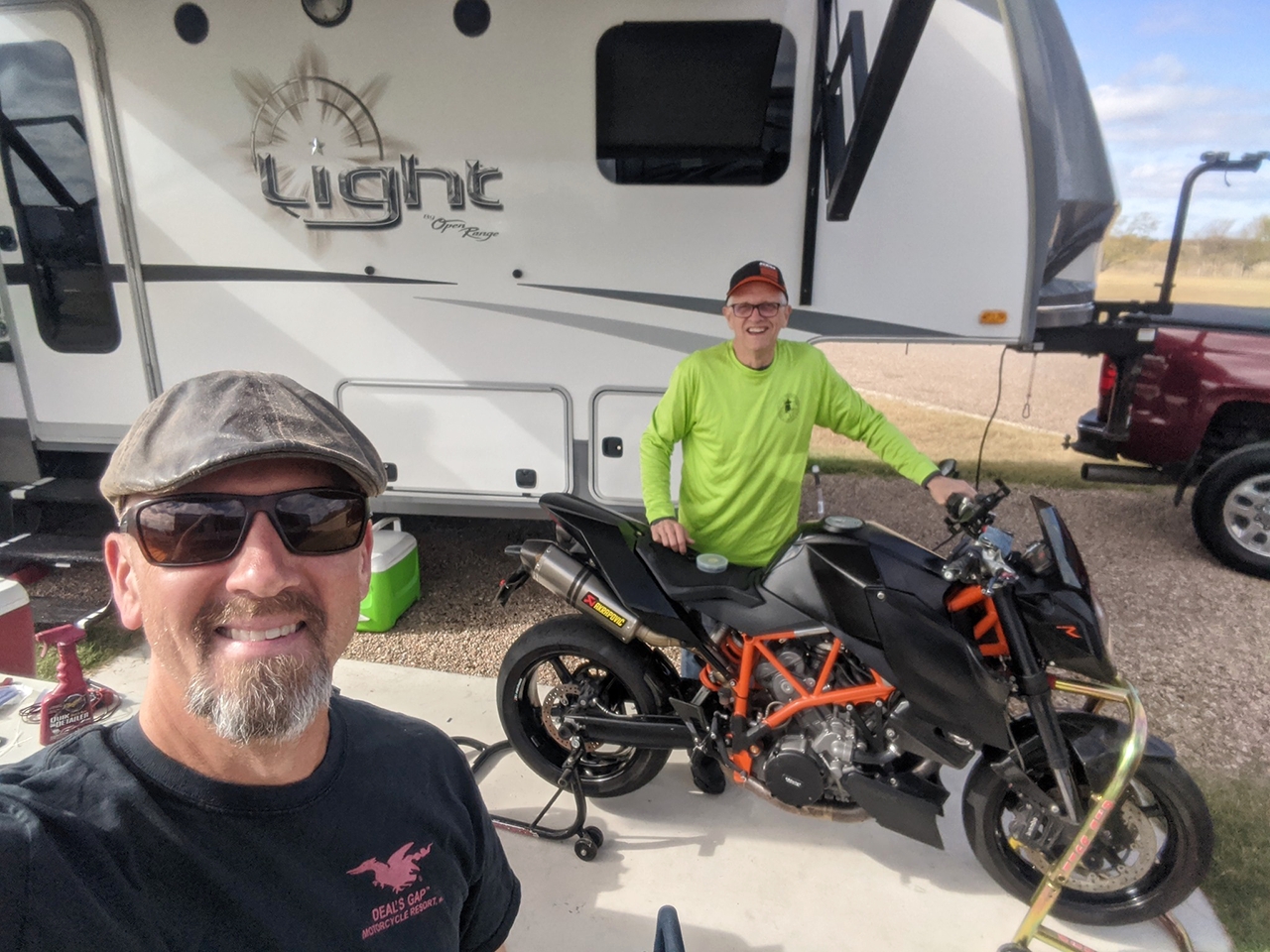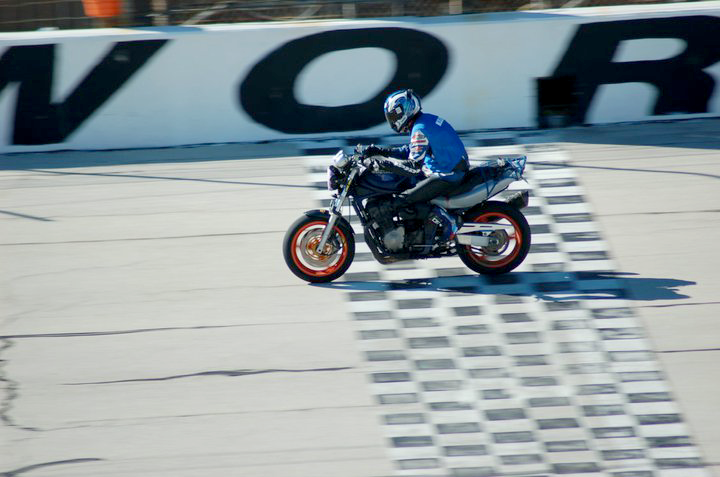FTC disclosure tour-de-force here ...
Kelly Howard
Listen in as Maggie Dean draws wisdom from the multi-level instructor and Texas native. Music by Otis McDonald. Download our feed here.
The Gist
We all got Travis out for a big birthday ride in the Wisco twisties. Tim is dealing with less-than-smooth clutch behavior on his BMW scooter. Robin is dissatisfied with his carbon fiber purchase.
Our interview this round is with Kelly Howard! Kelly is a long time enthusiast who coaches riders of all experience levels from novice to track junky. He spent a weekend chasing Robin around Texas hill country and of course, shenanigans ensued.
One listener, a new rider, asked how they might go about finding people to ride with. Additionally, they're on the hunt for some solid winter reading to keep their mind on the handlebars. We have plenty to say on this matter.
Guest Interview
It's Kelly Howard! Kelly is a long time enthusiast who coaches riders of all experience levels from novice to track junky. He spent a weekend chasing Robin around Texas hill country and of course, shenanigans ensued.
Did We Miss Sump'm?
Sixty percent of the time, we're right every time. What would you add to the conversation and why? Your input is invited. Leave a comment!



